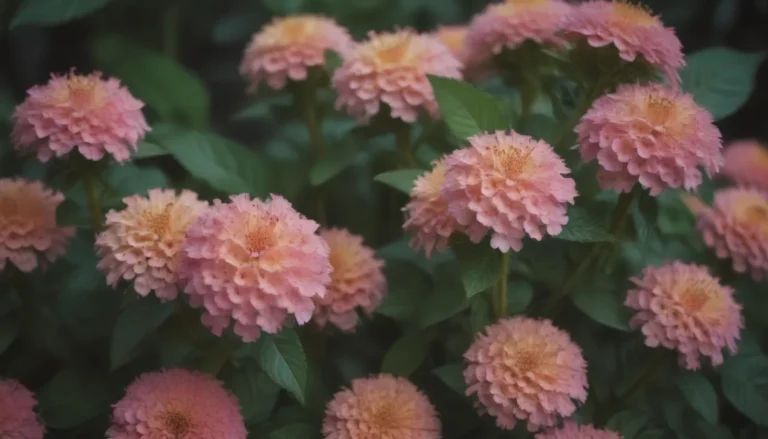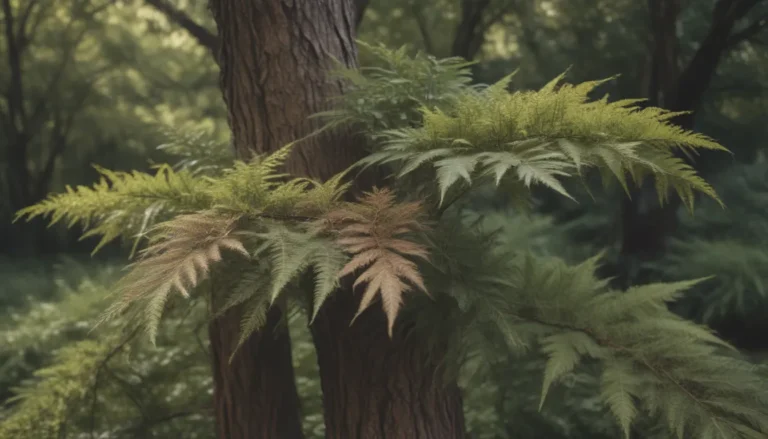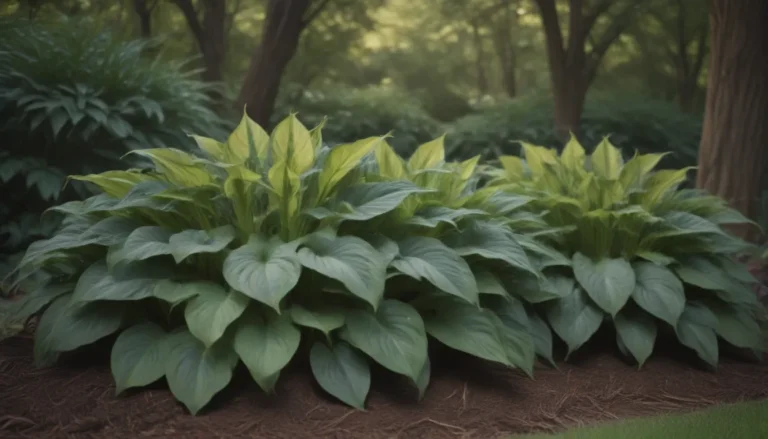The Ultimate Guide to Growing and Caring for Lily of the Valley

Lily of the Valley, scientifically known as Convallaria majalis, may not be a true lily, but it is a beautiful and unique plant that belongs to the asparagus family. With its delicate bell-shaped flowers and lush green foliage, this plant adds a touch of elegance to any garden. In this in-depth guide, we will explore everything you need to know to successfully grow and care for Lily of the Valley in your own backyard.
Introduction to Lily of the Valley
Lily of the Valley features medium green leaves that arch from the center of a clump, with petite, fragrant, white flowers that bloom on long stems in the spring. The plant also produces orange-red berries in the fall if different varieties are planted for cross-pollination. While it may seem delicate, Lily of the Valley is a hardy ground cover that spreads gradually to form dense colonies.
Planting Options
- Plant by root divisions, potted nursery plants, or seeds in the fall.
- Spring planting is also acceptable.
- Consider the invasive nature of Lily of the Valley before planting, especially in the Midwest and Northeast regions.
- Note that Lily of the Valley is toxic to humans and animals, containing glycosides and saponins that can be harmful if consumed in large quantities.
Lily of the Valley Care Tips
Growing Lily of the Valley is relatively low-maintenance once established. Here are some care tips to ensure your plants thrive:
- Plant in a shady spot, as Lily of the Valley grows well under trees where other plants might struggle.
- Space rhizomes about 6 inches apart with growth buds buried 1/2 inch deep.
- Water during dry spells and divide older plants if flowering decreases.
- Be cautious of the plant’s ability to spread aggressively; supervise carefully to prevent it from overtaking other plants in your garden.
Light, Soil, and Water Requirements
- Light: Plant in partial sun to full shade, protecting the plant from harsh afternoon sun.
- Soil: Lily of the Valley prefers organically rich soil with good drainage but can tolerate a range of soil types.
- Water: Keep the soil consistently moist but not soggy, especially during dry spells or hot weather.
Temperature, Humidity, and Fertilization
- Temperature and Humidity: Lily of the Valley thrives in mild conditions with average humidity and temperatures between 60 and 70 degrees Fahrenheit.
- Fertilizer: Generally, the plant doesn’t need fertilizer, unless the soil lacks nutrients. Consider a slow-release granular fertilizer in the spring if needed.
Types of Lily of the Valley
In addition to the typical Lily of the Valley species, there are several named cultivars available, such as:
- Convallaria majalis ‘Rosea’
- C. majalis ‘Fortin’s Giant’
- C. majalis ‘Flore Pleno’
- C. majalis ‘Hardwick Hall’
- C. majalis ‘Albostriata’
Propagation and Maintenance
- Propagate Lily of the Valley by dividing the roots in fall or spring to create new plants or rejuvenate old colonies.
- Growing from seed is challenging and time-consuming but can be done for unique cultivars.
- Consider potting Lily of the Valley to control its invasive nature and overwintering for optimal growth.
Common Pests and Diseases
Lily of the Valley may be affected by pests like aphids and spider mites, as well as diseases like stem rot and fungal leaf spots. Treat pests with horticultural oil and remove affected plant parts to prevent the spread of diseases.
Blooming and Common Issues
Lily of the Valley typically blooms for about four weeks in mid spring to early summer, depending on your hardiness zone. If flowering decreases in older colonies, consider dividing and replanting to stimulate better blooming. Hot summers may cause foliage decline, but the plant usually rebounds with proper care.
Alternatives and Removal Strategies
If Lily of the Valley becomes too invasive, consider alternatives like native dogwood (Cornus canadensis) or carefully remove the roots to eradicate the plant. Spot-spraying with a herbicide may also be necessary to control its spread effectively.
In conclusion, Lily of the Valley is a beautiful and elegant plant that can thrive in various conditions with proper care and maintenance. Whether you’re looking to add a touch of sophistication to your garden or need a low-maintenance ground cover for a shady area, this plant is a versatile choice. By following the tips and guidelines outlined in this guide, you can enjoy the beauty of Lily of the Valley in your own backyard for years to come.
Remember to always consult with local experts before planting to ensure the success of your garden and the well-being of your plants. Happy gardening!





